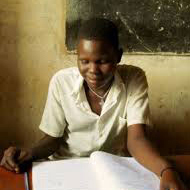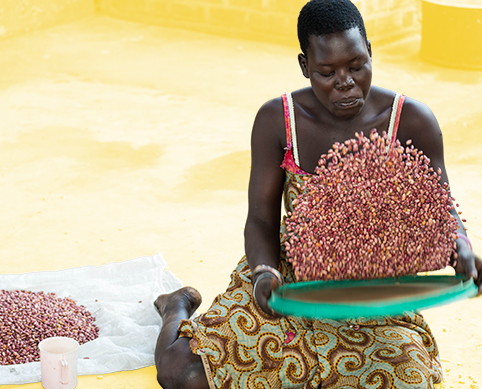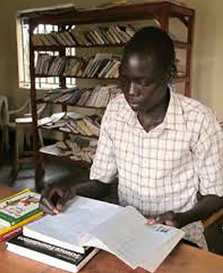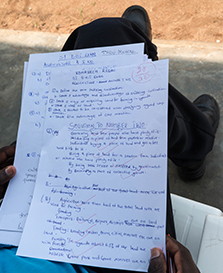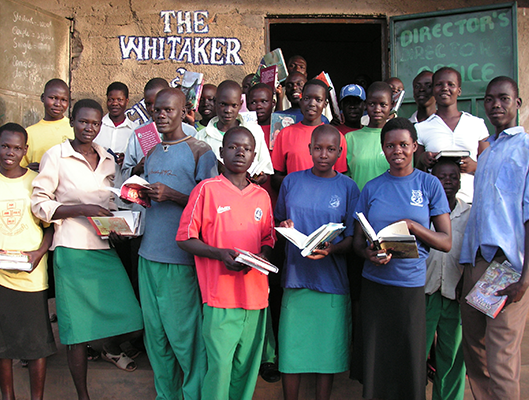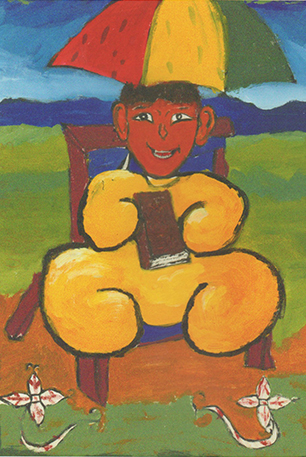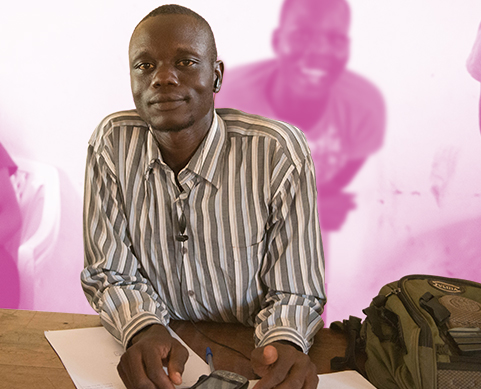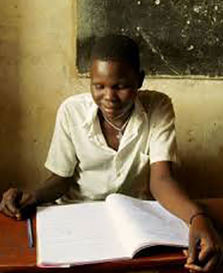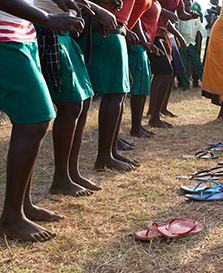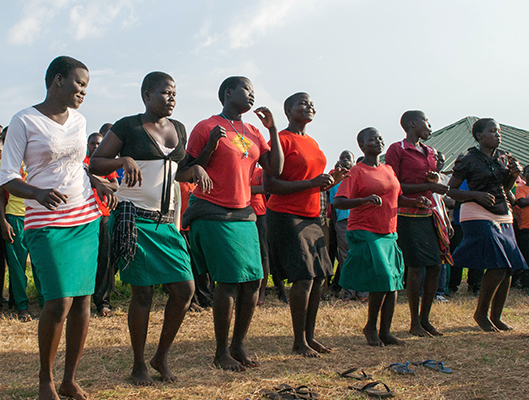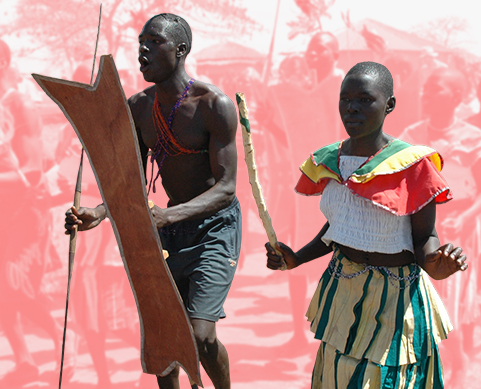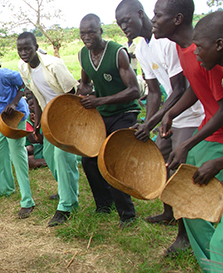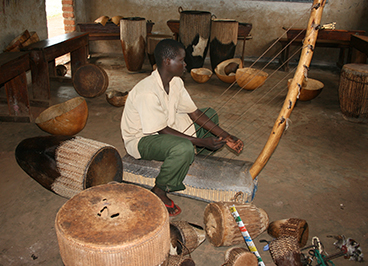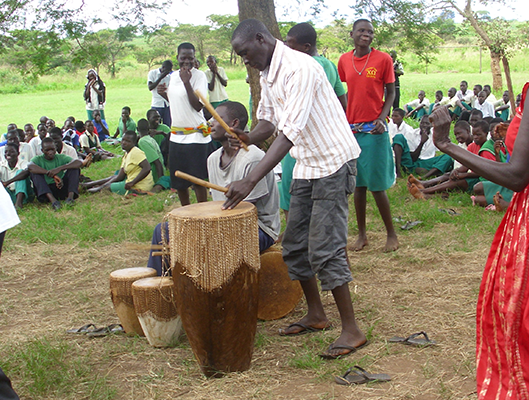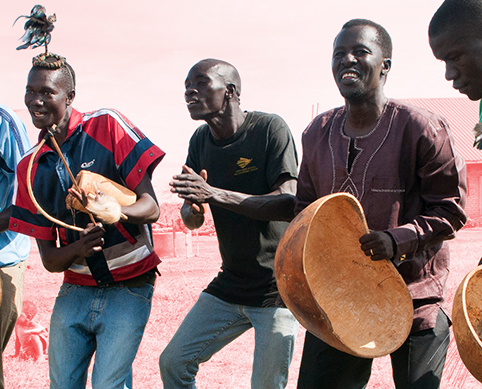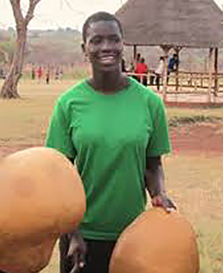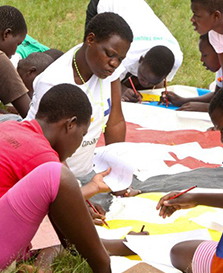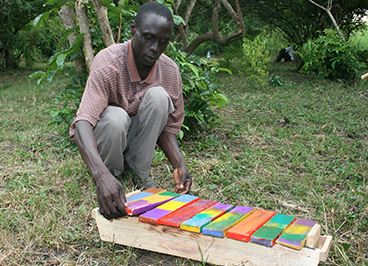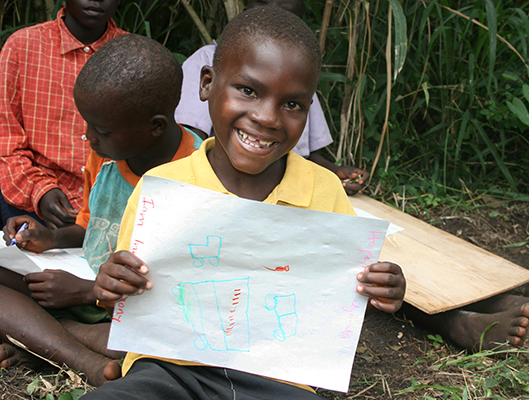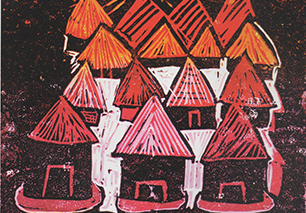Florence
A girl who plants hope and harvests peace.
A Future Forester
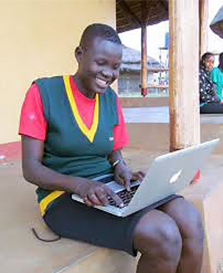
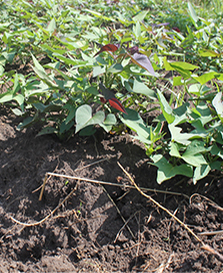
Stories of hope often use the analogy of a plant. It begins as a small seed and, given the right support and care, it grows to something much larger and more powerful. But in some cases, it isn’t just a metaphor.

© Tadej Znidarcic
Florence has found inspiration and ambition in the fields
surrounding her. She uses the perseverance of nature to fuel her own
growth. She sees agriculture not just as a way to nourish the people
around her, but as the world’s way of flourishing, of using the elements
it is provided to make something beautiful, something great.
Unfortunately many stories of hope begin in a place of darkness, and
Florence’s story is no exception.
Captured. Her father killed. Then forced at machete point
to carry heavy loads alongside her mother. This is the situation
Florence found herself in when her family was taken by the Lord's
Resistance Army in 2001.
For nine months she and her mother were treated as pack
mules, hauling heavy equipment and food, while at the same time given
very little to eat. To add to the pain, Florence's cousin was eventually
killed as well. She knew she wouldn't last much longer, so something
had to be done.
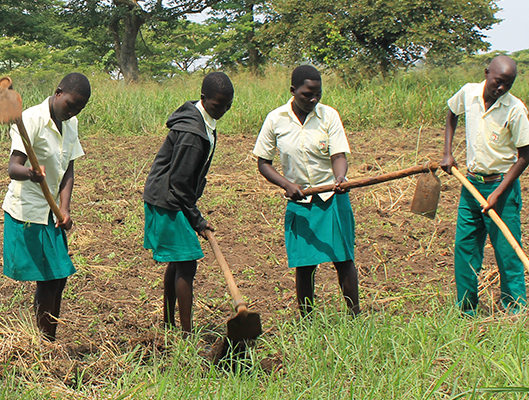
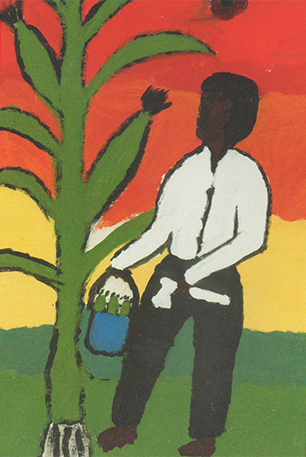
Harvest
To provide food for your family is to give them life and hope
Anonymous
Acrylic on paper
One day an opportunity presented itself. While Florence and
five other children were fetching water, the LRA guards were distracted,
allowing a brief moment to escape. The children crawled on their
bellies through the thick brush surrounding them, eventually hiding
under a large, bushy tree. They stayed put, keeping still and quiet
through the night.
Come morning, the children escaped to Koro where they were
taken to a hospital to have their injuries treated. Once healed, they
moved on to GUSCO, the child soldier rehabilitation center in Gulu.
Unfortunately, Florence's troubles didn't end there. As with
many ex child soldiers, relationships with her peers and even her
family were strained. Though her aunt took her in for eight years,
Florence had trouble making strong connections. Though her mother
escaped and rejoined Florence after 9 years in LRA captivity, she was
unable to work or pay for school. That's when Florence found Hope North.
Florence, now in her Senior Two year, is studying and
learning to give back to and help the country she cares deeply about.
While she expresses herself through song, dance, and athletics, her true
passion lies in agriculture and the outdoors.
It's amazing to watch a girl that has endured such terrible
experiences now striving to give back to the Earth and the people around
her. Florence plans to become a nurse or a forester upon graduation,
two incredible paths that will allow her to become a positive force for
the future of Uganda.


